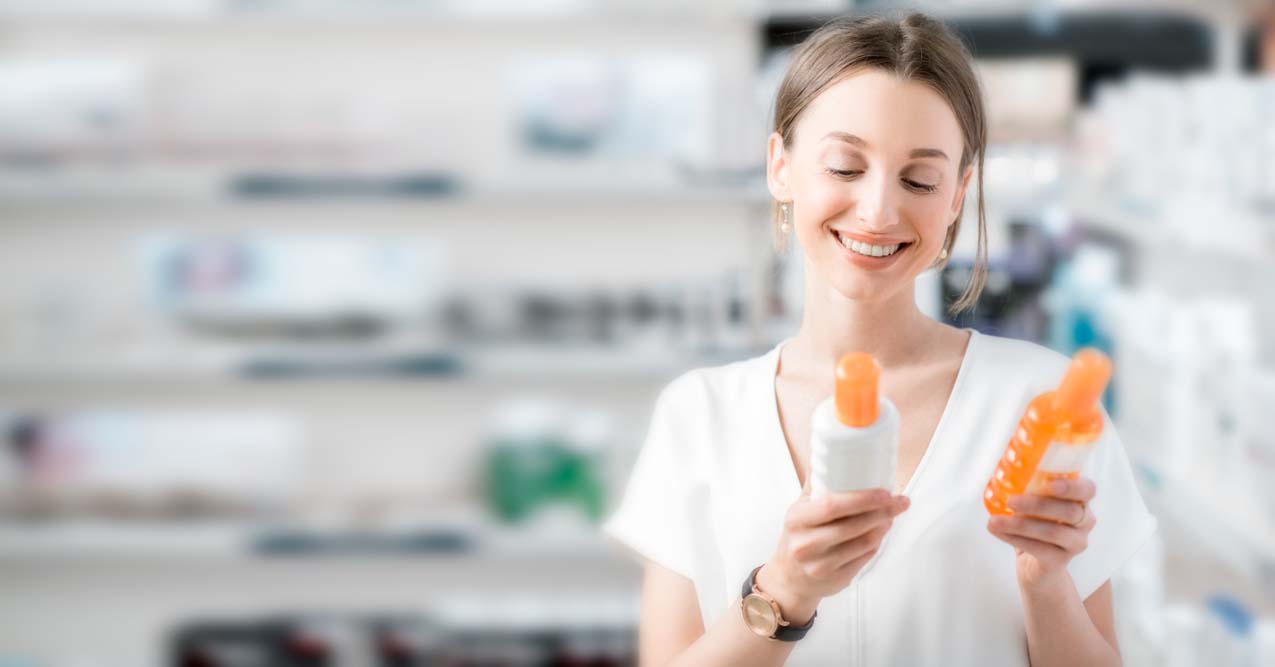The Current Situation in the Great Sunscreen Debate
What happened to sunscreen? 2021 is the year of sunscreen controversies. For those of us not living under a rock, recent discoveries made by independent testing facilities have made many question the safety, and efficacy of sunscreen. The concerns are alarming, and many now believe that regular sunscreen use can contribute to a host of adverse effects including the potential for vitamin D deficiency/insufficiency, and even exposure to carcinogenic contaminants. To make matters worse, independent testing also confirmed certain sunscreen products contain less sun protection than their SPF claim. With all the problems surrounding sunscreen, why should we even continue to trust and use it daily?
Humans have relied on numerous techniques and mechanisms to provide them with some sort of sun protection since 4000BC, although sunscreen itself is a recent invention. In the early 1900s, the perils of ultraviolet light were drawn to the forefront, and despite the lack of knowledge regarding sun protection, early civilizations understood the importance of protecting their skin from sun damage. Despite the many growing concerns, sunscreen continues to be our favorite anti-aging skincare product, followed by our Bio Longevity Serum. We hope this article provides some much-needed context for how sunscreen protects your skin but also serves as an advocate for continued sunscreen use year-round.
How Does Sunscreen Protect Your Skin?
In short, sunscreens contain active ingredients that stop UV (both UVA and UVB) from getting into your skin. Sunscreen is one of the foremost methods to protect your body and a key component of any anti-aging skincare routine. There are two main types of sunscreen: physical (mineral) and chemical. Physical sunscreen ingredients include zinc oxide and titanium dioxide. Examples of chemical sunscreen ingredients include oxybenzone, avobenzone, and octinoxate. Contrary to popular sunscreen myths, physical and chemical sunscreens work similarly despite differences in chemical structure. They function by absorbing the ultraviolet rays and energy before it hits your skin and turns the energy into harmless forms of heat.
Now let’s clear up some popular misconceptions—once and for all.

Common Sunscreen Misconceptions
Physical (Mineral) Sunscreen Is Safer Than Chemical
When it comes to cancer prevention, you cannot go wrong with either option. While chemical sunscreens have been the dominant photoprotective tool utilized for decades, mineral sunscreens are just as effective for those looking for alternative choices. The human health risks with inorganic filters in mineral sunscreen are extremely low given a lack of percutaneous absorption of ultraviolet radiation.
Sunscreen Does Not Work Immediately
Contrary to popular myths, neither chemical nor physical sunscreens require time to ‘activate’ and work immediately upon application. It does, however, require some time for these products to provide an even film of protection to absorb UV rays.
Sunscreens Are Dangerous and Contaminated
An independent laboratory, Valisure, identified contaminants in several sunscreens and personal care products. The contaminant, benzene, is a known human carcinogen and was detected in 69 brands of sunscreen. Benzene does not have a purpose in cosmetic formulation and development. Because of this, scientists believe this is a by-product of mixing specific ingredients or a contaminant in the manufacturing process. While benzene is a dangerous chemical, it is important to understand that it is ubiquitous (meaning it is everywhere). We are exposed to many toxic chemicals in our everyday life, benzene included. We can find benzene in some household products, and even inhale it while pumping gas or cigarette smoke. It is also in our food and drinking water.
These daily miniature exposures are not linked to cancer and are therefore deemed safe. When in extremely small concentrations in contaminated cosmetics, it is actually more likely to evaporate than absorb as it is a volatile chemical.
Like all hazards, risks depend on exposure, meaning how much you get and how you’re exposed to it. We are in no way promoting benzene as a cosmetic ingredient, but rather trying to educate, and provide some context against misinformation. So, do you need to throw away your sunscreen products? Well, the answer is- it depends. It is completely up to you as a consumer to dispose of your sunscreen if you feel it may be contaminated. However, it is not a good reason to discontinue sunscreen use entirely. The benefits outweigh the risks of cancer and accelerated aging when it comes to sunscreen. Collagenil recommends daily sunscreen application as a part of an anti-aging skincare regimen.
Natural Alternatives Are Best for Sun Protection
There has been a shift in consumer demands. Many believe that all sunscreens are toxic and have resorted to plant-based alternatives. While certain plant oils have a slight ability to protect the skin from the sun, they should not be used as an alternative to sunscreen. Some common oils include red raspberry seed oil, which has mistakenly been associated with an SPF between 28-50. This oil has been proven to lack the ability to prevent UVA. Carrot seed oil has been associated with an incorrect SPF between 38-40. However, there’s very little evidence to suggest this is true. Carrot seed oil has no measurable SPF. This is alarming as this has a significant impact on skin cancer and aging. In the long run, this can be extremely dangerous.

What Factors Should You Remember as You Pick Your Next Sunscreen?
As you pick your next sunscreen, remember that the benefits of regular sunscreen application greatly outweigh the risks. It is better to have sunscreen protection than to have none at all. Pick a product that is not only effective, but one you will enjoy applying every day. Be sure to complete your anti-aging skincare regimen with sunscreen every day. Read our blog for more anti-aging tips and tricks!
